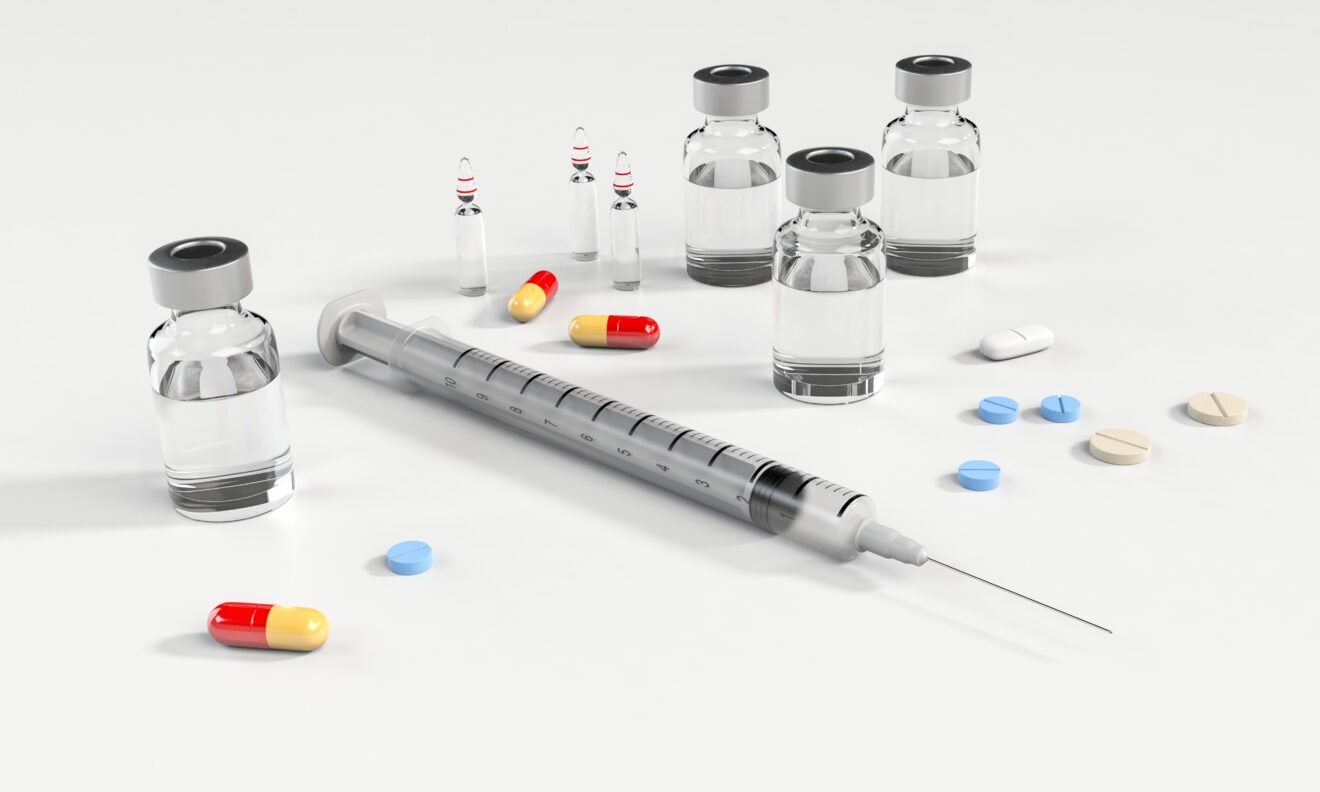Rising medication prices, illicit drug use, nursing shortages and the relaxing of COVID-19 isolation protocols were among the most pressing health care matters that were top of mind for SmartBrief readers in February. These topics all touch on patients’ concerns about being able to stay healthy and access the care they need – whether it’s being able to afford medications or worrying about an addiction or infection exposure.
More work and research remain to be done on these complex topics, but in at least two of the areas — COVID-19 trends and nurse staffing levels — there appears to be room for optimism. Here’s a closer look at some of the most-clicked stories across SmartBrief’s health care and life sciences newsletters in February.
US drug prices far surpass other nations
What happened: A Rand Corp. analysis found that US prescription drug prices are an average of 2.78 times higher than 33 other nations’ prices, and for branded medications, the average was 4.22 times higher. Some of the price differences were out of all proportion — for example, insulin in the US costs 457% more than in Mexico and 3,799% more than in Turkey. Lead study author Andrew Mulcahy said “the gap is widening” for branded drugs.
The Rand report coincided with the release of price offers on 10 drugs proposed for Medicare cost negotiations. President Joe Biden later commented that if a person went to another country such as Canada, the UK or Brazil, they likely could get a prescription filled for 40% to 60% less than it would cost in the US.
What’s next: Biden proposed in his State of the Union address to eventually increase the negotiation list to 50 drugs. “(Drug companies are) making a lot of money … and they’ll still be extremely profitable,” the president said.
Opioid use continues to escalate
What happened: Some experts refer to the current tide of illicit opioid use as the “fourth wave” of an epidemic, leading to elevated risks for drug users and higher hurdles for organizations working to combat the problem. A Millennium Health report noted that these waves begin with prescription opioid use, followed by a significant rise in heroin use, and then, use of synthetic opioids like fentanyl start to increase.
In the current wave, many people are augmenting their fentanyl use with other drugs such as methamphetamine or cocaine. Nora Volkow, director of the NIH’s National Institute on Drug Abuse, noted that a large set of urine test data showed 93% of subjects were using multiple substances.
Why it matters: According to the CDC, more than 112,000 people in the US died of overdoses between May 2022 and May 2023, a 37% jump compared with the same time period ending in May 2020. Further, deaths of despair, which include those caused by drug use, rose to nearly 210,000 in 2021, a more than 300% increase from 1999, when the total was just above 60,000.
Nurse shortage may be stabilizing
What happened: Recent research suggested that nurse employment statistics took one of their deepest dives ever in 2021, with the workforce declining by 100,000, the largest single-year drop in the previous four decades. Then, in 2022, Census Bureau data showed hiring was back on the upswing, and the number of registered nurses rose 6% from 2019 to 2023, offering hope that care access challenges might improve.
Researchers projected that the number of full-time RNs would reach 4.5 million between now and 2035, an increase of 1.2 million, and they identified a possible shift away from hospital nursing and toward ambulatory and community health care settings such as nursing homes.
Why it matters: The shortage is still problematic, though, according to the Health Resources and Services Administration, and may not peak until 2027 before beginning to taper off. Retention of nurse leaders and educators is also a growing concern.
CDC relaxes COVID-19 isolation precautions
What happened: The CDC announced in February that it would loosen its COVID-19 isolation guidelines, stating that people who test positive no longer need to stay home from school or work for five days, and that they can safely go out once their symptoms improve and they have no fever for 24 hours. It marks the first time since 2021 that the agency’s isolation recommendations have been relaxed. Officials said they felt a need to offer the public more practical safeguards at this stage.
What’s next: Some health experts and clinicians are divided on whether the new guidelines are safe or sufficient. CDC Director Mandy Cohen said the updated recommendations are meant to protect against “severe illness from respiratory viruses” in general. It is not known yet how – or if – day care facilities and schools will follow the guidelines.
____________________________________
Take advantage of SmartBrief’s FREE email newsletters for health care leaders, which are among the company’s more than 250 industry-focused publications.
